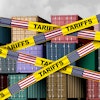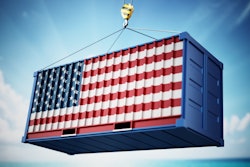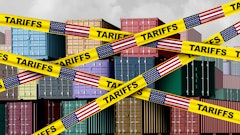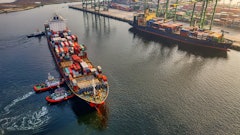
With the presidential election fast approaching, businesspeople throughout the nation are making varied predictions about the potential ramifications either outcome could have upon foreign trade. There is reason for concern, of course; the presidential candidates each have made strong—and often opposing—statements regarding the trade policies put in place should they be elected, which leaves those who rely on imports with tremendous uncertainty. And yet, in spite of the political volatility, supply chain experts believe that Mexican nearshoring will continue to expand unhindered.
To understand why, one must look at what either outcome would actually look like. Here’s the most likely effects that a Trump or Biden administration would have on tariffs, trade regulations, and diplomatic tensions over the next four years, before applying each one to the Mexican nearshoring question. Considered within that context, the various possibilities become trivial at worst, and at best, promising.
What if Trump wins?
The biggest question marks lay with former President Donald Trump, whose bold efforts to reverse the U.S. international trade deficit during his first term had a significant and lasting impact. Nor have his aspirations abated; Trump has said that he will consider imposing tariffs of 60% or higher on goods from China, and a blanket 10% on all imports to the United States. Such numbers have, naturally, created substantial malaise among logisticians. Two major factors, however, work toward Mexico’s benefit in the case of a Trump victory.
First, the tariffs from his previous term—which had a major focus on Mexico—have thus far failed to offset the U.S. trade deficit to its southern neighbor. There is substantial doubt, therefore, about the success that another aggressive wave of tariffs will have in stunting Mexican imports.
Second, Trump’s attention is primarily focused on China, which was the No. 1 importer to the United States prior to the trade war, which began under Trump’s administration. China now stands at No. 2, with Mexico replacing it at the top of the list. While Trump’s potential tariffs could be global—the blanket 10% tariff—those who source from China are likely to face far steeper challenges—the 60% or more. If precedent has anything to say on the matter, Mexico’s status as an import-refuge would be bolstered under Trump, and the supply chain will only quicken its migration there.
What if Biden wins?
A victory by current President Joe Biden in November is likely to rattle fewer cages than a loss would, but his administration has its own agendas regarding international trade. An escalating trade dispute between Biden’s White House and Mexico City concerning Mexican regulation on energy and grain imports, together with a familiar commitment to limiting China’s trade and technological advantages, has been cause for some concern among businesses that import from those regions. Once again, however, the event of Biden’s reelection looks unlikely to hinder Mexican nearshoring whatsoever.
The primary reasons for this lie in the Biden administration’s incentives toward bringing manufacturing closer to the U.S. border, or more precisely, further from China’s. A North American Leaders’ Summit in January is one among several efforts that have been made to bring semiconductor production to North America, while an agreement made last year has established a sub-committee to ensure trade flows are maintained during emergency situations.
The Inflation Reduction Act is also set to make hundreds of billions of dollars available in tax credits and subsidies for clean energy production, and free-trade Mexico will be among the first in line to benefit from the spending. Judging by these policies, another term under Biden’s presidency would do little harm to nearshoring in Mexico.
Bottom line
As trade relations and logistic challenges continue to worsen with Asian suppliers, and as Mexico continues to capitalize on its newfound position in the global supply chain, it would appear as though the outcome of the presidential election can do little to slow the nearshoring train. Regardless of who occupies the White House, sourcing from the East will soon become too costly and too risky to be relied upon. Already, manufacturers from overseas are rerouting their supply lines through the southern U.S. border, and new arrivals to the scene are following suit. For the near future, at least, Mexico is set to take center stage.



















